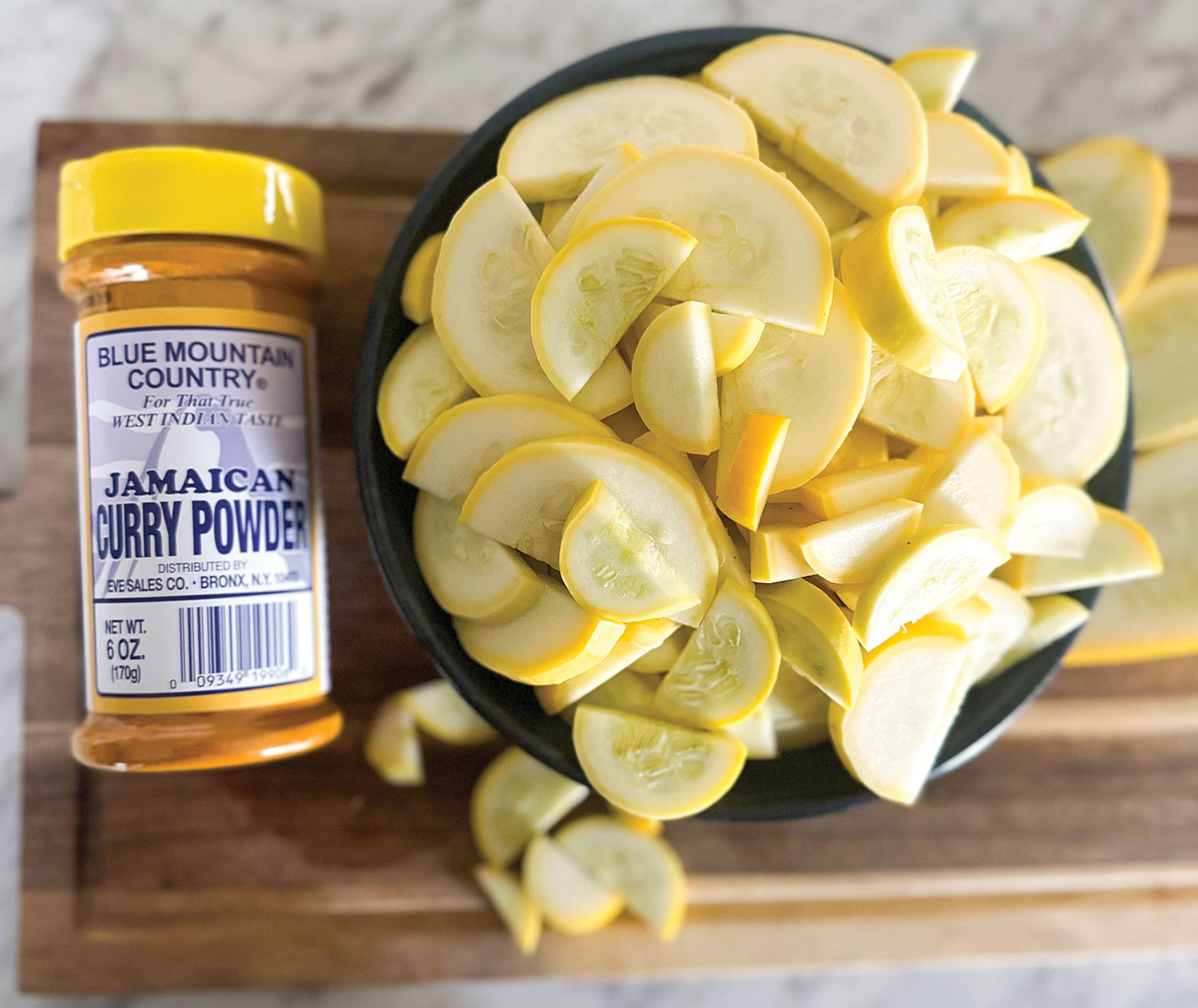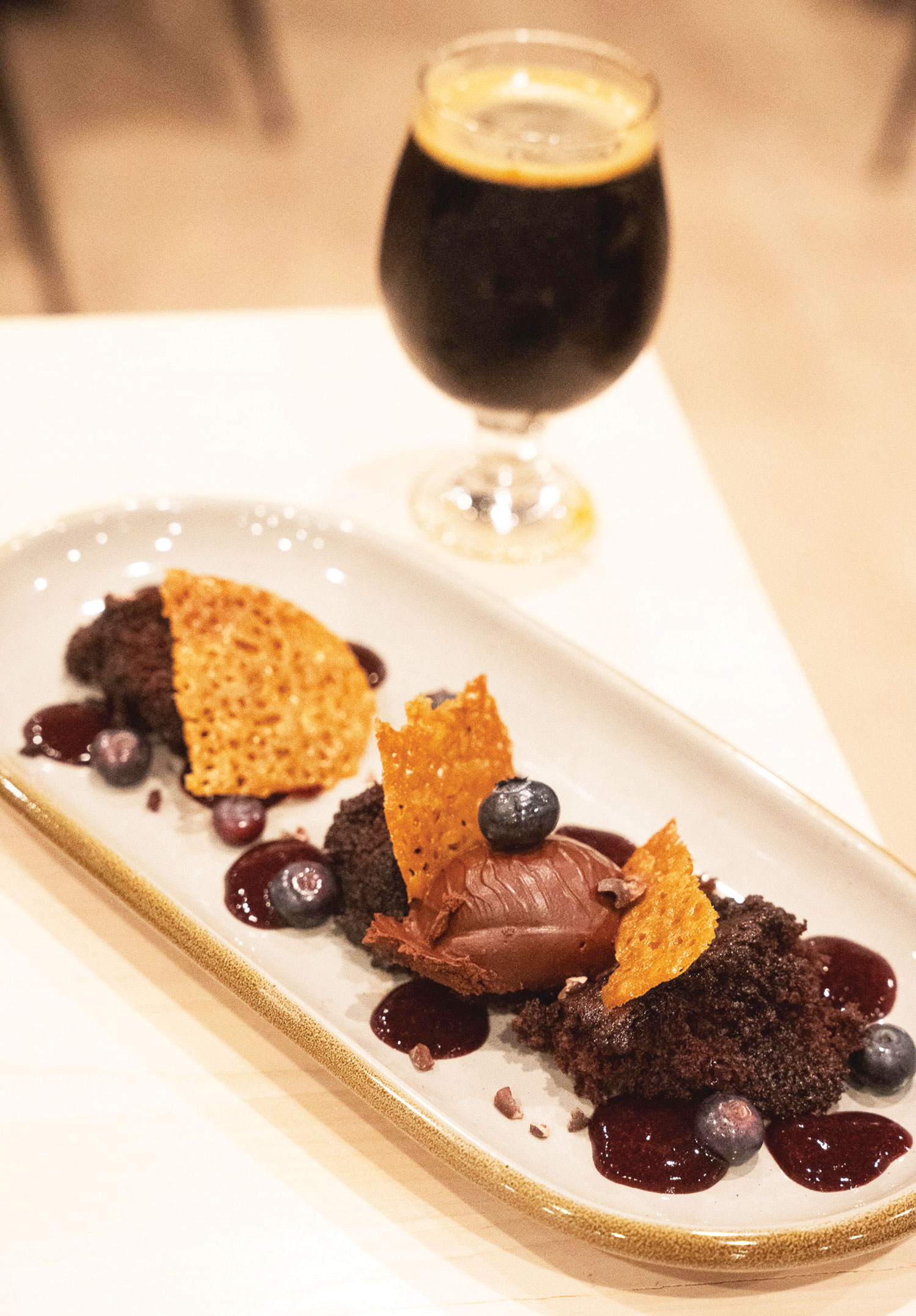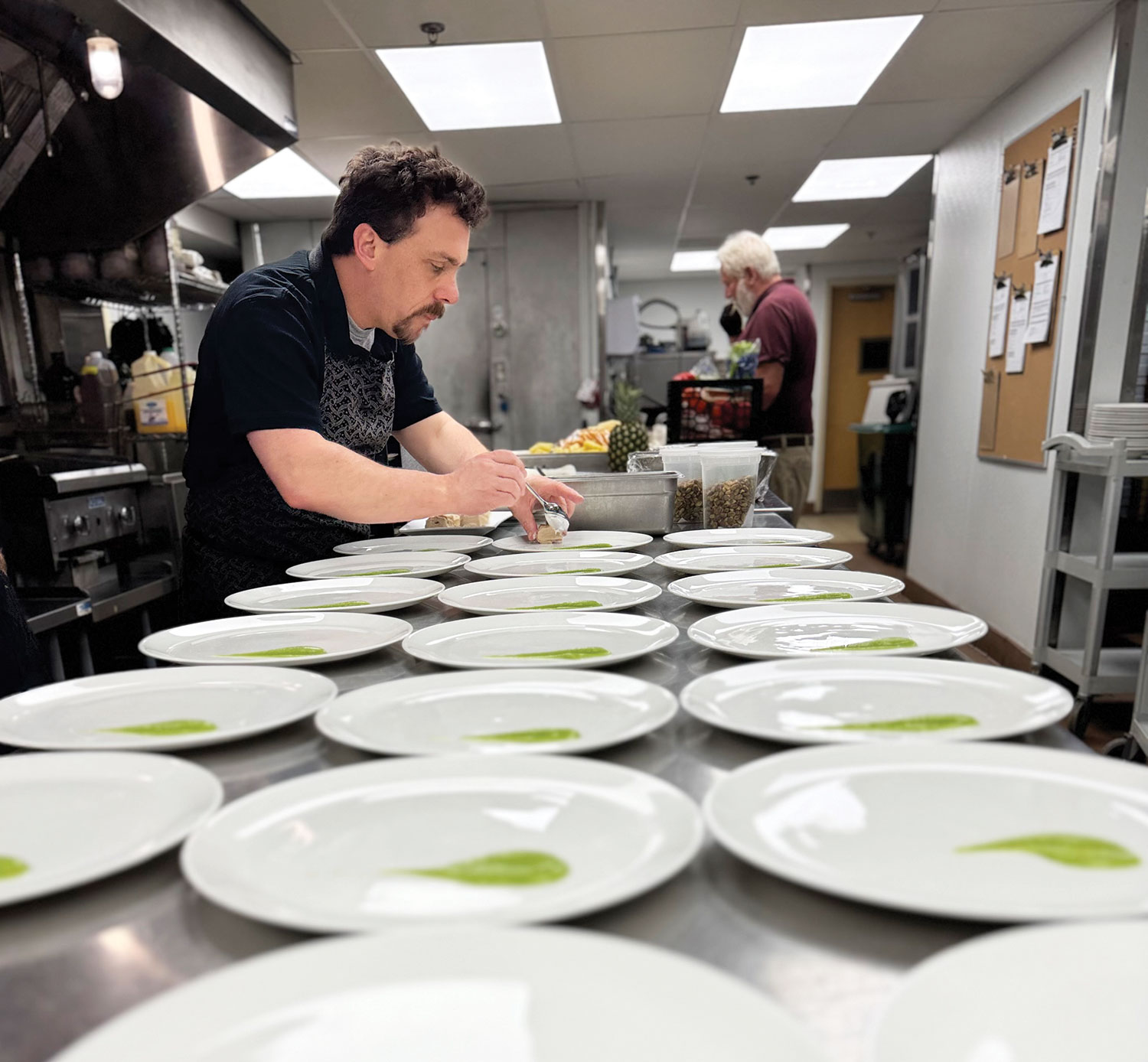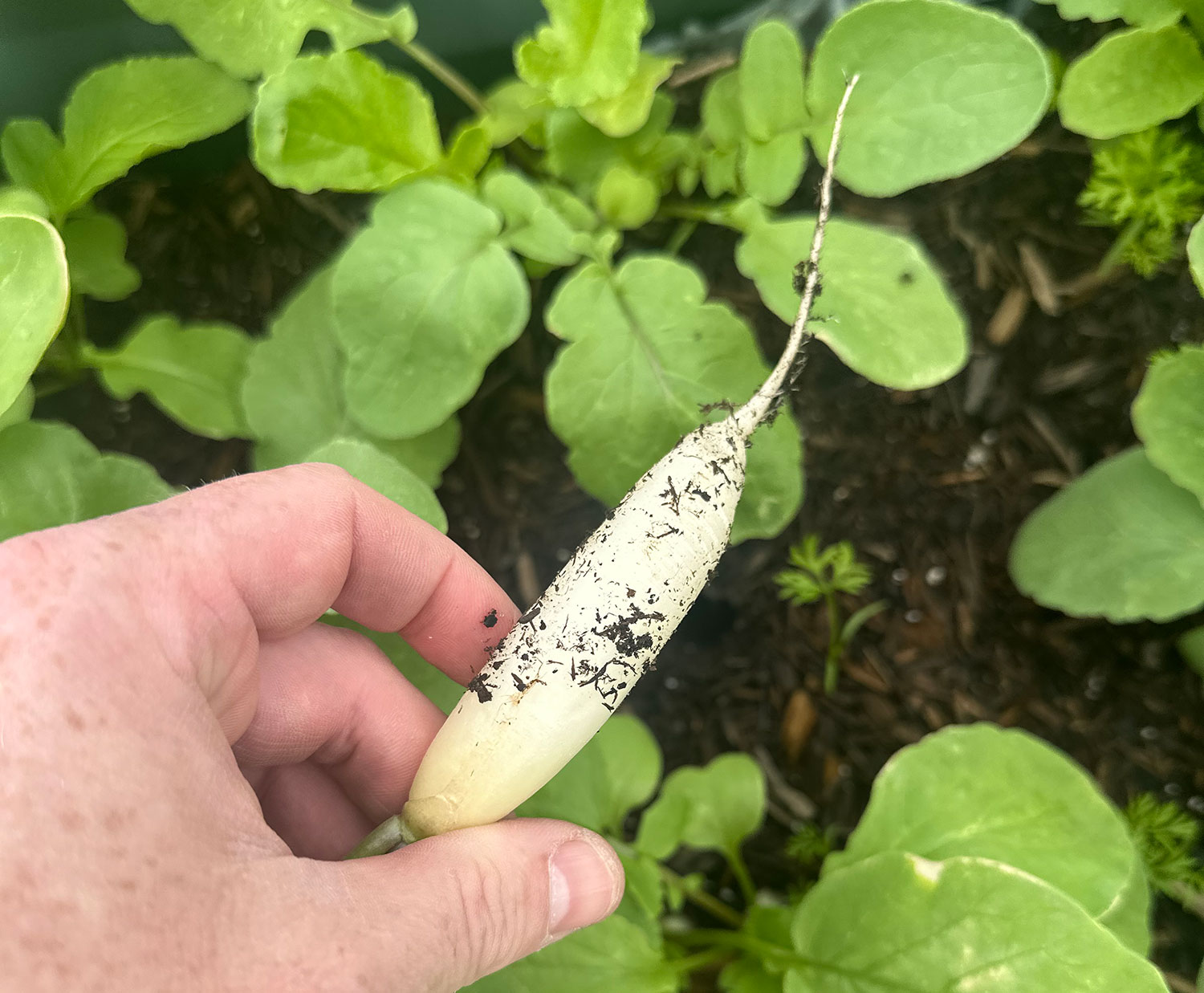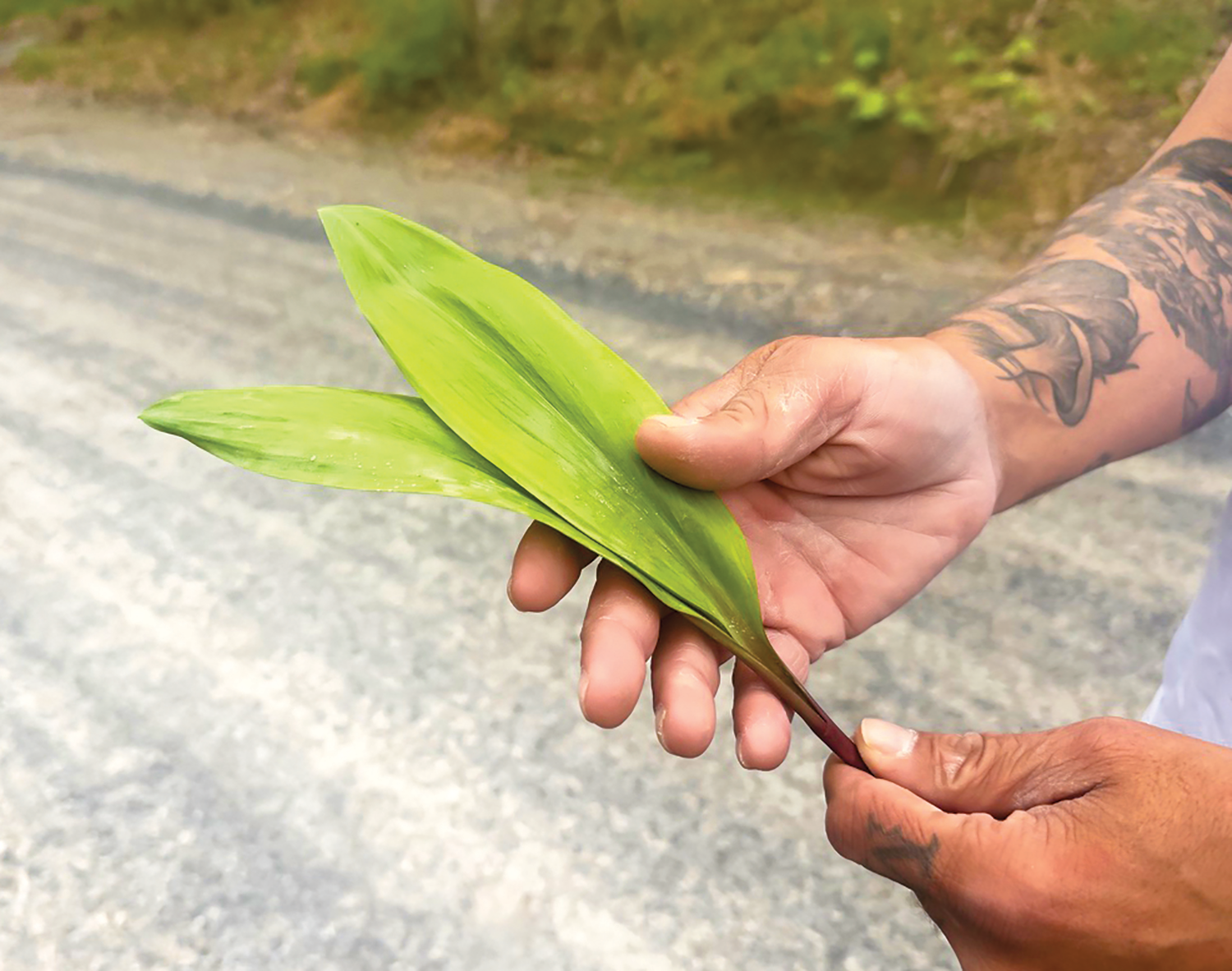This article is the second in a three-part series about unlocking the potential of food waste. During my years as a culinary consultant for a chef in southern Delaware, I have always embraced the concept of ‘root- to-stem’ cooking. My philosophy compels me to share some practical tips and ideas on how to turn food waste into culinary treasures.
Making stock broth is the easiest way to start utilizing food waste. Vegetable peels and meat bones can become a rich base for soups, stews, and sauces. Instead of discarding carrot peels, onion skin, and chicken bones, save them in a freezer bag until enough is left to make a batch of stock. Immerse these scraps with water and aromatics such as garlic and bay leaves. You’ll create a homemade stock that can add depth and flavor to every dish.
Old bread, another common kitchen waste, also holds a world of possibilities. Instead of throwing it out, consider turning it into croutons, breadcrumbs, and even bread puddings. Croutons add delightful crunch to salads and soups, while breadcrumbs can be used to coat chicken or serve as a meatball binder. For a twist on sweetness, transform stale bread into a delicious bread pudding with milk, egg, sugar, and cinnamon.
Wilted greens might not look appealing in a salad, but they can shine in other dishes! Sauté your wilted spinach or kale with garlic, shallots, and olive oil for a quick side dish. These greens can also be incorporated into soup or used to make pesto.
Cheese rinds, especially from hard cheeses like Parmesan, are full of umami and can enhance soups and stews. Add the rind to the pot while cooking and remove it before serving. Similarly, coffee grounds can provide new life in your kitchen. They make excellent additions to chocolate desserts by intensifying the flavor. They can also be used as a meat rub to add a deep, earthy flavor to grill dishes.
Making stock broth is the easiest way to start utilizing food waste.
Turning leftovers into new meals can be both a practical and creative approach to reducing wastage. Leftover food items can be repurposed into hearty salads or creamy soups. Rice from last night’s dinner can be transformed into delicious fried rice or comforting rice pudding! Thinking creatively ensures everything is well-spent, and every meal is an opportunity to try something new.
Dehydrating fruit and vegetable peels is an excellent way to preserve flavors. Citrus, apple skin, and carrot peels can be dehydrated and ground into powders. These powders can be mixed with salts or sugar to create a unique seasoning blend. Lemon or orange peel salt add a zesty kick to seafood dishes, while apple peel sugar gives a subtle sweetness to baked goods and oatmeal. Dehydrating peels is a simple process; – just place them on a baking sheet and dry them in a low oven or dehydrator until they’re crispy.
By embracing these ideas and techniques, you can significantly reduce food waste in your kitchen and discover hidden flavors in ingredients you might otherwise overlook. Cooking with scraps makes you a more resourceful cook and gives you a deeper appreciation for food we often take for granted. So, think twice the next time you’re about to toss vegetable peels or cheese rinds. There is a world of flavors waiting to be discovered. Happy cooking!
Next week’s article in this series will explore new ways to minimize food wastage and maximize flavor in your kitchen by asking local noted chefs for their advice.
Chef Hari Cameron, Chef Consultant, is a renowned culinary expert, consultant and restaurateur. He has received critical acclaim for his modern farm-to-table approach to cooking and has been recognized for his numerous contributions to the hospitality industry. With a passion for using the highest quality Mid-Atlantic ingredients, Chef Cameron has become a leading voice in today’s culinary landscape.


